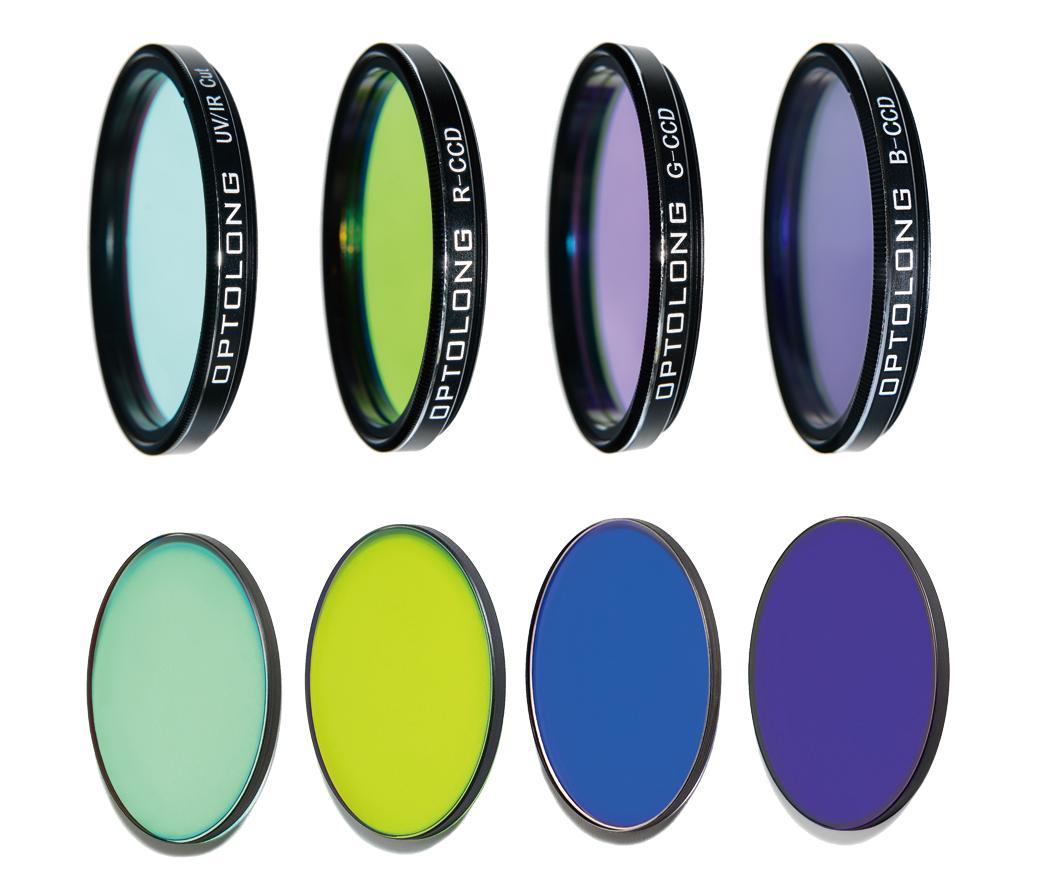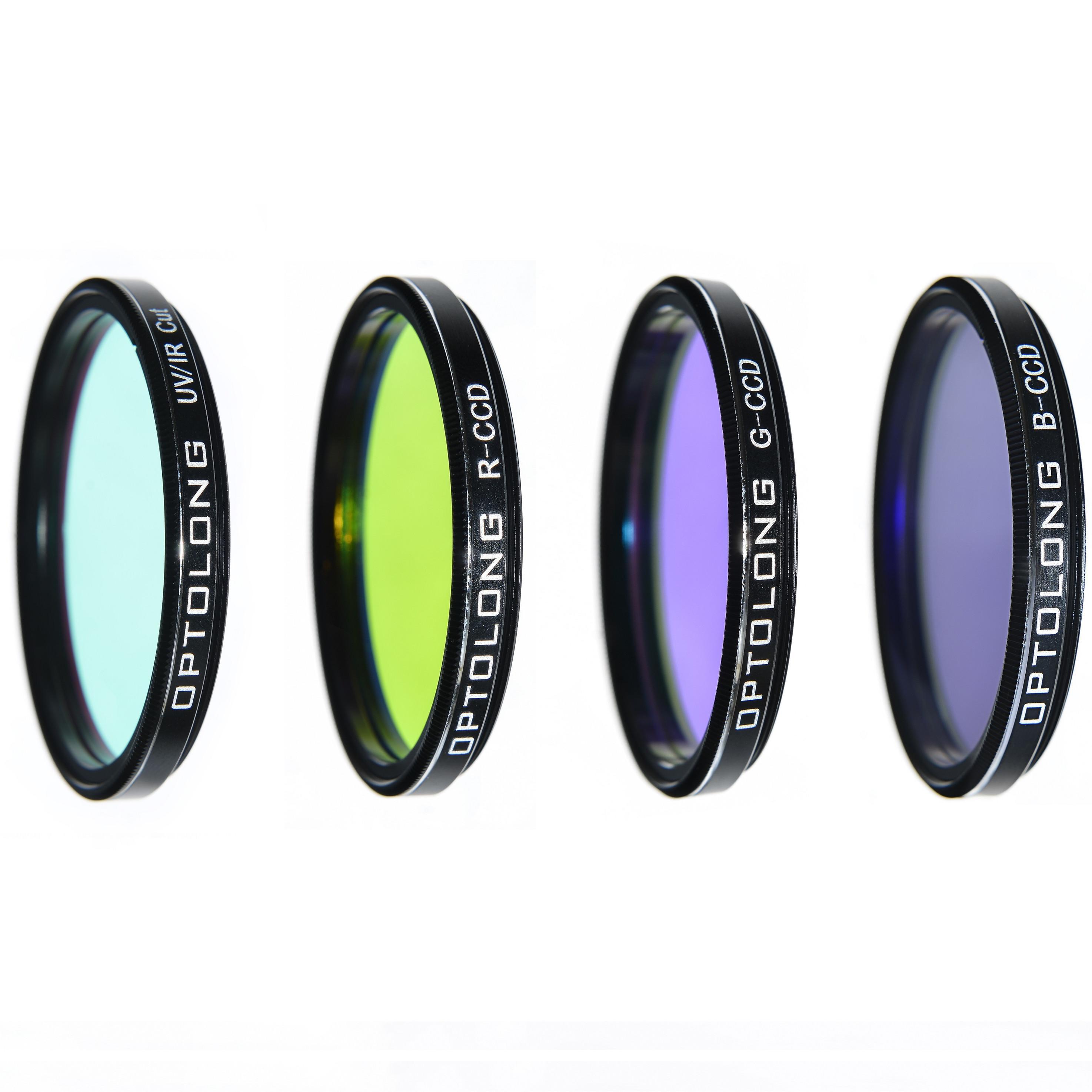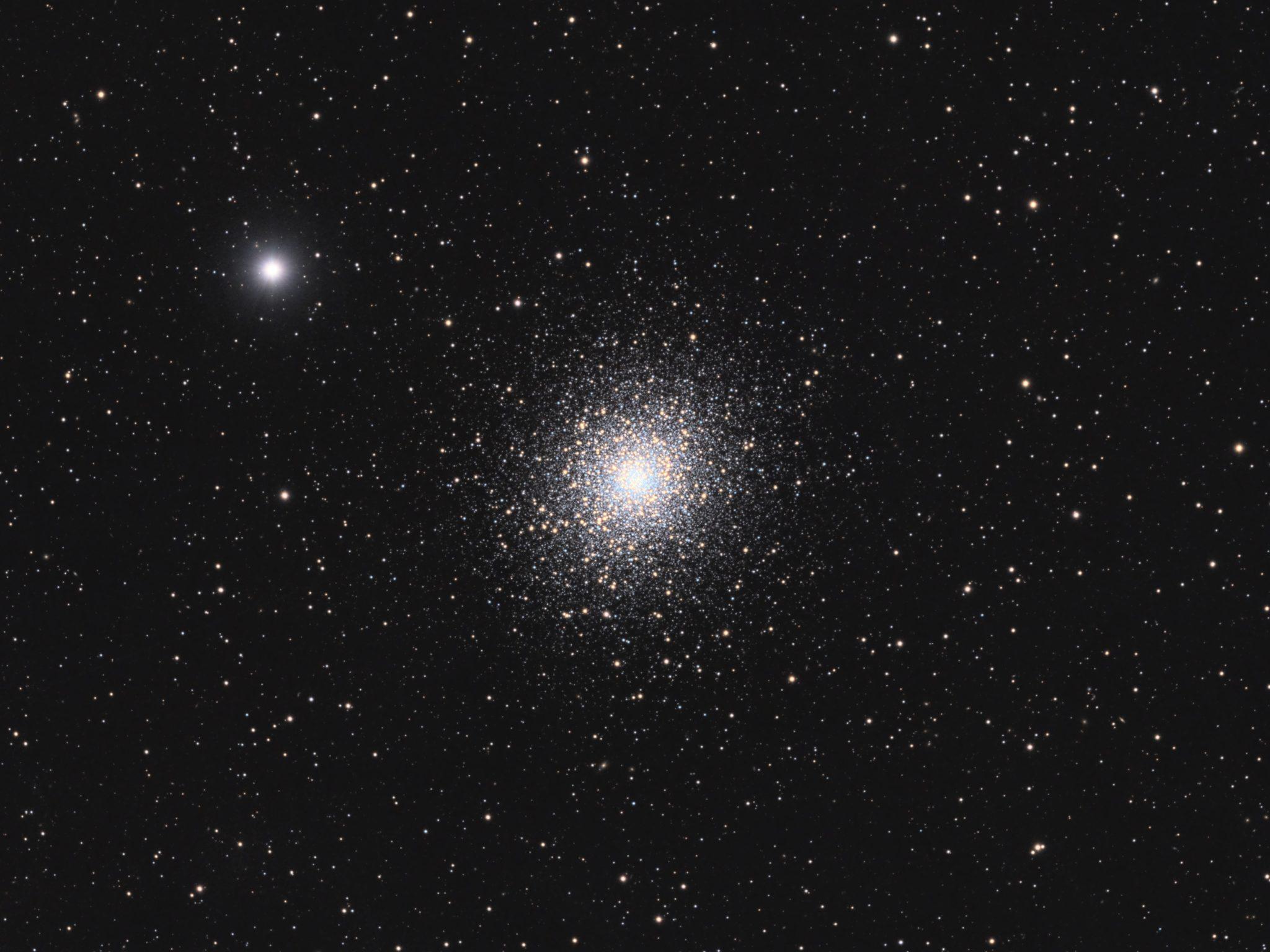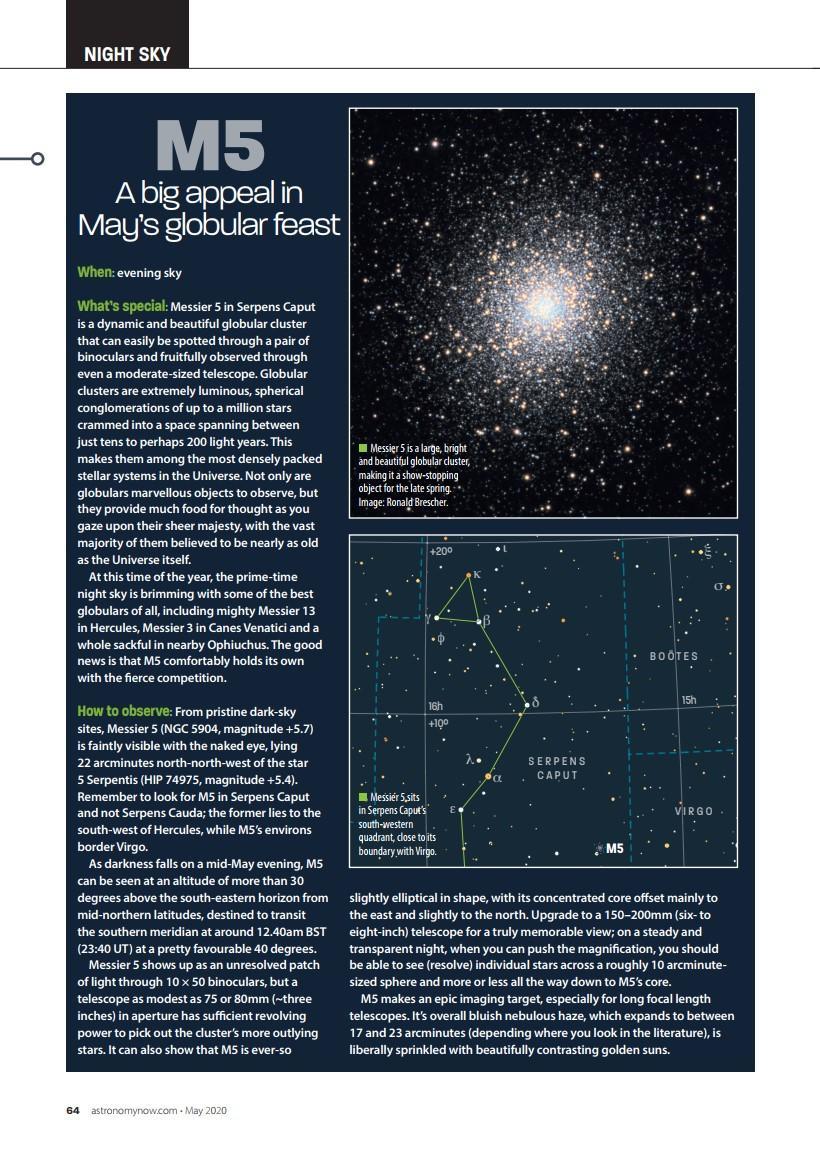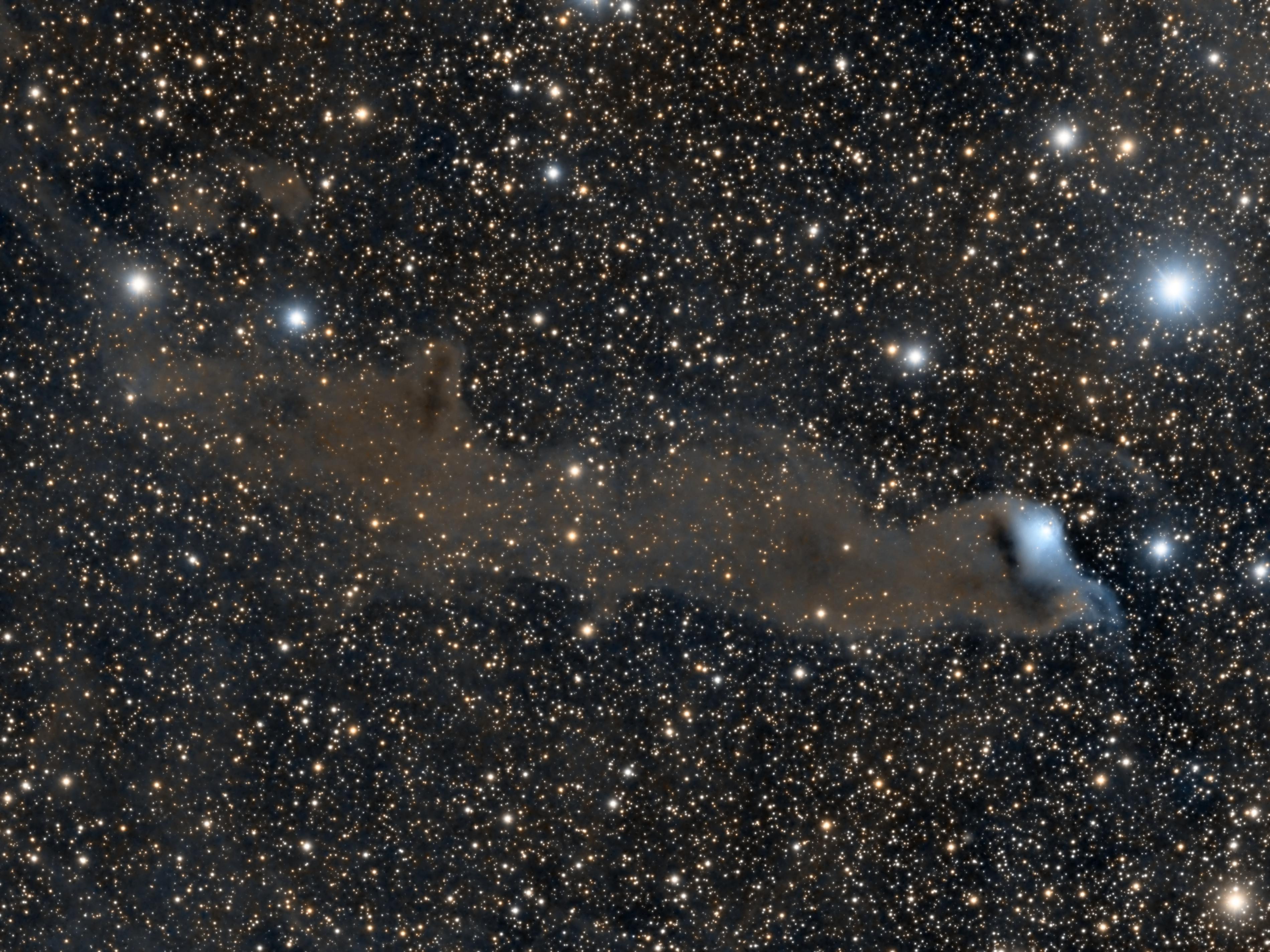-
Description
-
Specification
1. Optolong LRGB Introduction
Optolong LRGB filter set is designed for maximum contrast and with extremely high gradients for clear differentiation of colors. The LRGB filter set divides the spectrum into its components red, green, blue and luminance.
OIII emission overlaps on blue and green filters with maximum transmission to allow high efficiency and natural color imaging. Gap between green and red filters serves to block out the primary Sodium light pollution line at 589nm and improves color balance and separation.
- RGB, parfocal:1:1:1
- Creat images in their true original colors showing a wealth of natural detail;
- Steep bandpass filters to eliminate UV and IR interference;
- Include Luminance (UV/IR Cut), Red, Green, and Blue filters to reproduce the star's color;
2. Referance Spectrum
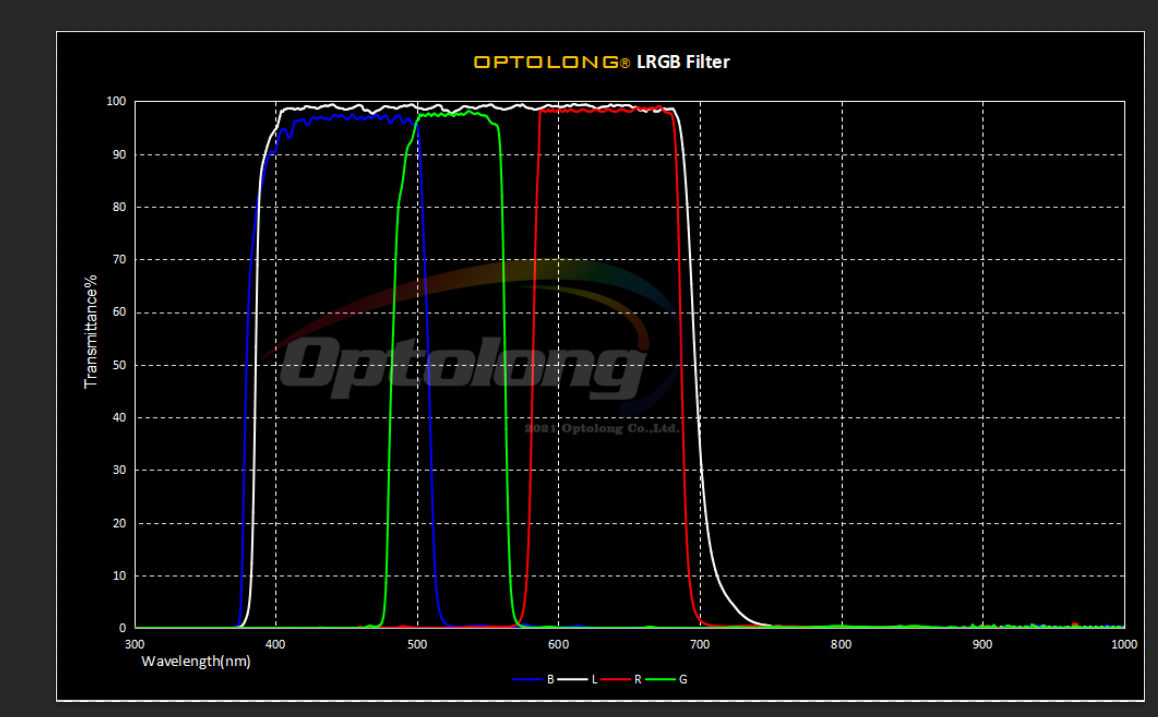
※This curve is only for reference, and is not used as the final product data.
How to read the chart?
▲The horizontal axis is the Wavelength in Nanometers(nm).
▲The vertical axis is transmission in %.
▲The WHITE line shows the transmission of the L-CCD filter. R-CCD filter line is shown in RED. G-CCD filter line is shown in GREEN. And the B-CCD linke is shown in BLUE.

3. Coating Technology
·Multi-layers anti-reflection coating
·Non-cementing optical substrate coating
·Optolong filter adopts precision coating based on Ion-assisted deposition coating technology for durability and resistance to scratching, as well as stability on CWL(central wavelength) no deviation affected by temperature change.
·Planetary rotation system offers precision and homogeneity of coatings ensuring high value on transmission of pass-band and Optical density of off-band.
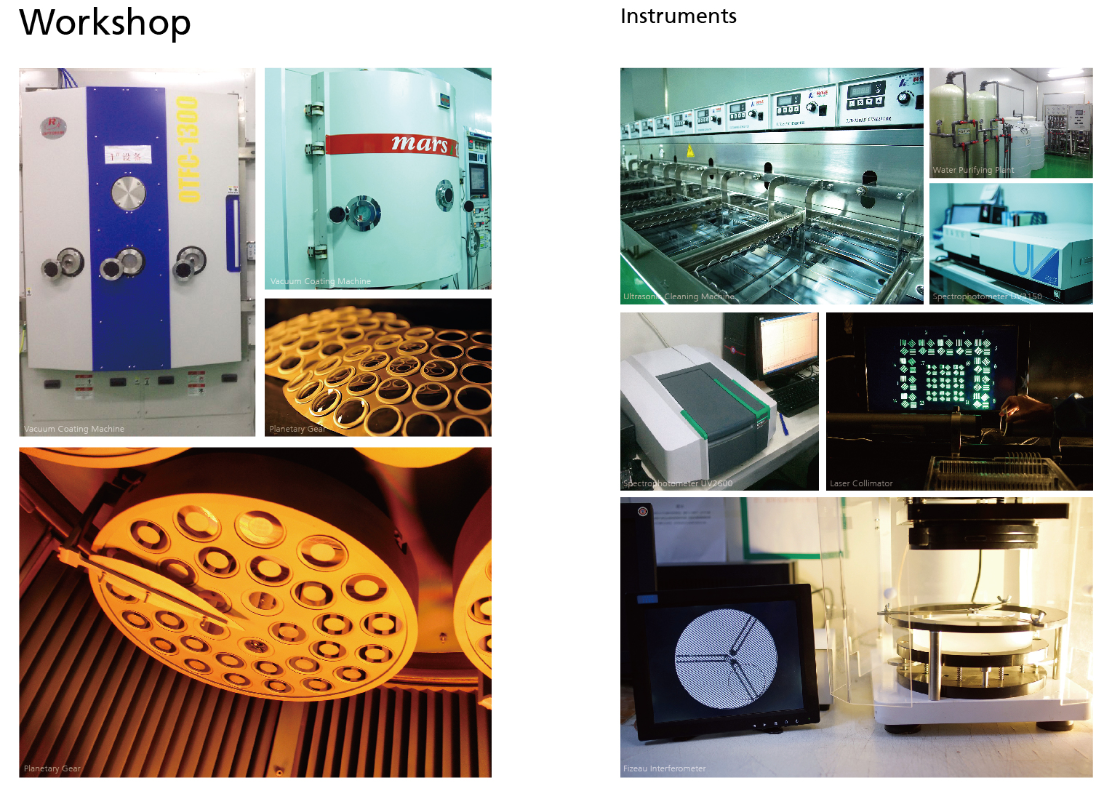
4. Gloable Price
| LRGB Gloable MAP | Unit Price in USD dollars |
| 1.25"(1 1/4" mounted) | $249.00 |
| 2" mounted | $359.00 |
| Φ31*2.0mm | $291.00 |
| Φ31*2.0mm | $299.00 |
| Φ50*3.0mm | $.00 |
| 50*50*3.0mm | $.00 |
5.Package

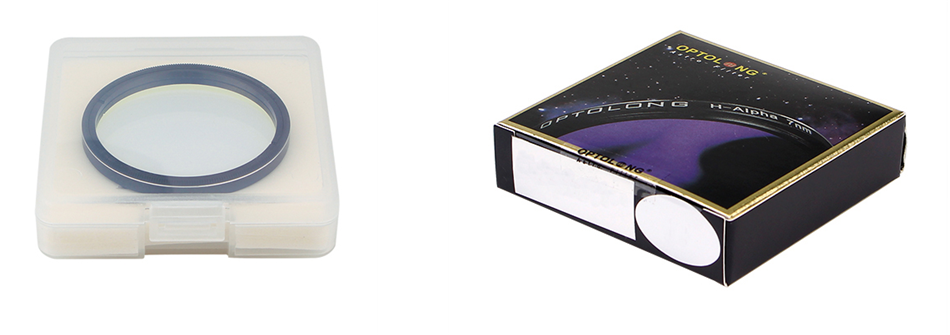
2019 NEW package
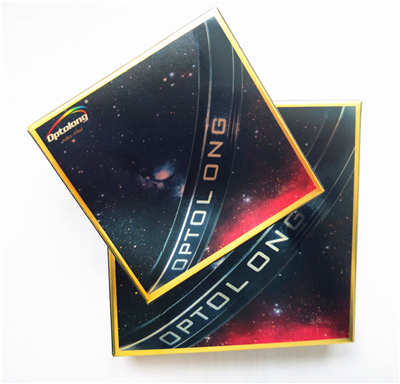
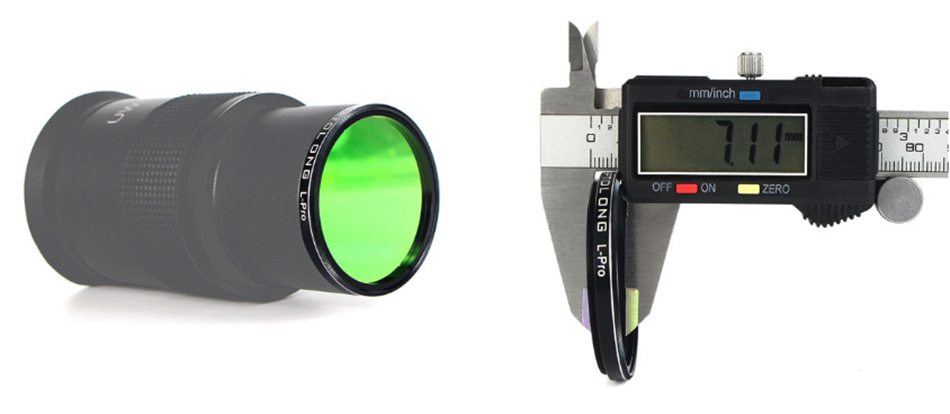
6. LRGB Filters Performance
Ⅰ. M51 © 李召麒
Technic Data:
Telescope: GSO 10" RC
Camera: QHYCCD QHY 695A
Mount: SkyWatcher AZ EQ6 GT
Processing: Adobe Photoshop CC, PixInsight 1.8.8
Filters: Optolong B, Optolong G, Optolong R, Optolong L
Date: 2020年1月2日
Exposure: 100x300"
Copyright@李召麒
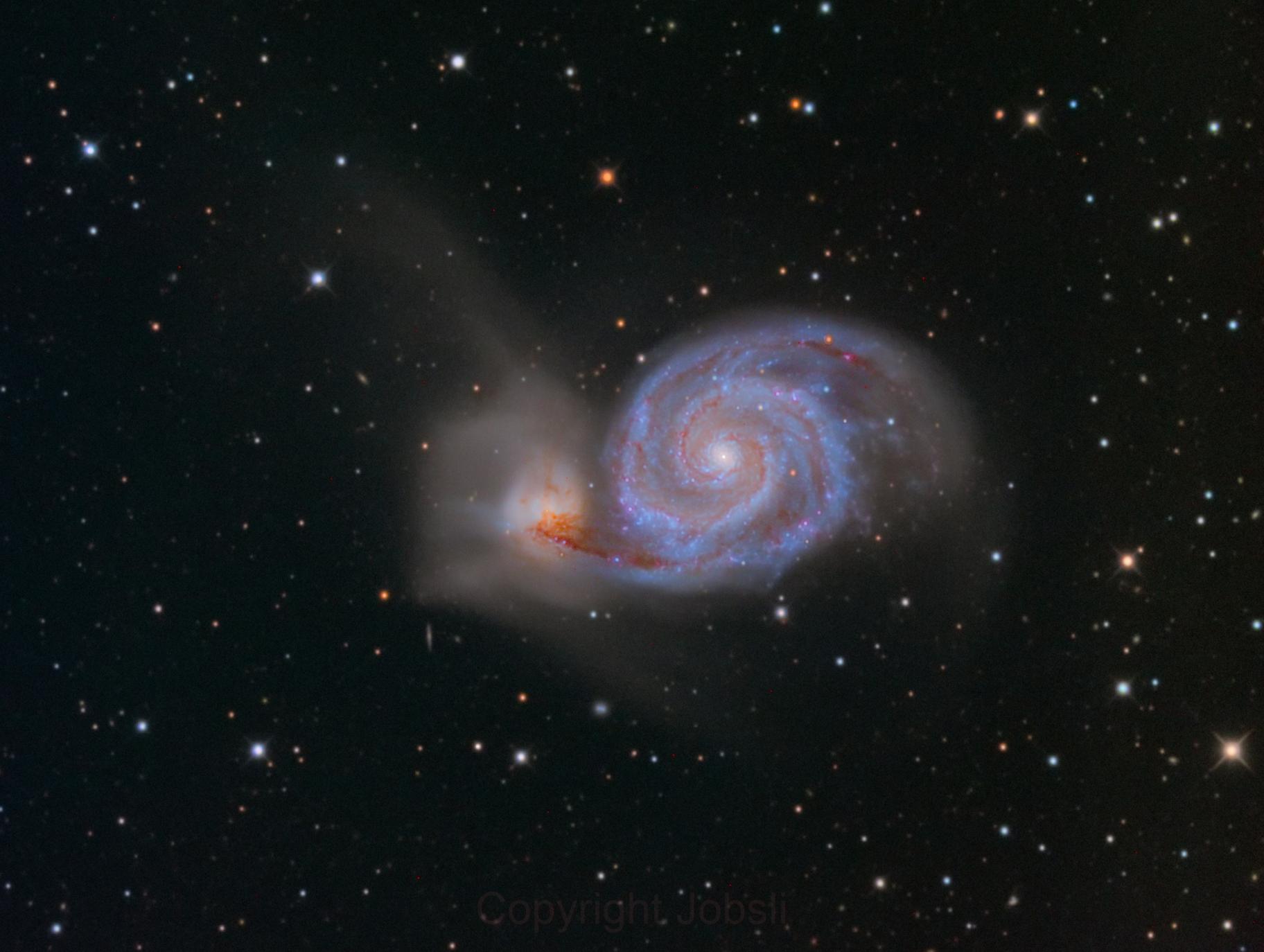
Ⅱ. Globular Cluster M5© Astrodoc Ron Brecher
Globular cluster M5 contains hundreds of thousands of stars.and is one of my favourite objects to view in any scope. Bright globular clusters remind me of sugar spilled on a black table cloth.
Tekkies:
Sky-Watcher Esprit 150 f/7 refractor, QHY 16200-A camera,
Optolong L, R, G and B filters, Paramount MX, unguided.
Acquisition, and focusing with TheSkyX. Automation with CCDCommander.
Equipment control with PrimaLuce Labs Eagle 3 Pro computer.
All pre-processing and processing in PixInsight. Acquired from my SkyShed in Guelph.
No Moon, average to above average transparency and average seeing. Data acquired May 25 – June 4, 2019.
23x10m L, 19x3m L, 16x5m R, 16x5m G and 15x5m B (Total = 8hr42m)
Image scale 1.15 arcsec per pixel
III. van den Bergh 152 and Barnard 175 © Astrodoc Ron Brecher
van den Bergh 152 (vdB 152; a.k.a. Cederblad 201) is the prominent blue reflection nebula on the right side of this image. It lies at the end of Barnard 175, the pillar of dust filling this field. The dark area connected to vdB is a Bok globule, a dense accumulation of cosmic dust from which stars are often born. The whole complex lies in the direction of the constellation Cepheus, about 1400 light years away and spanning 7 light years. Interestingly, the bright star illuminating vdB 152 was likely not born within this complex as it is moving through space at a different speed than the nebula.
Tekkies:
Sky-Watcher Esprit 150 f/7 refractor, and QHY 16200-A camera with Optolong LRGB filters. Acquisition, focusing, and control of Paramount MX mount, unguided, with TheSkyX. Focus with Optec DirectSync motor and controller. Automation with CCDCommander. Equipment control with PrimaLuce Labs Eagle 3 Pro computer. All pre-processing and processing in PixInsight. Acquired from my SkyShed in Guelph. Average or better transparency and seeing. Data acquired June 25-July 1, 2020 in a moderately moonlit sky.
90x5m L, 36x5m R, and 22x5m G and B (Total = 11hr10m)
Image scale 1.15 arcsec per pixel
Warm prompt
●About color: due to the influence of ambient light, color difference of the display and flash photography, the color of the product may have some color difference. Detailed color is in accordana with the final product.
●About coating: the interference filter will show different colors under different light, which is a normal phenomenon. Please refer to the material object.
●About the style: in order to improve the product, the change of design/appearance/parameters has not been updated in time. Please see the subject produce.
●About the description: the series of this product have the same material, technology and design, different sizes only, please note.
Optolong LRGB feature:
★1.25"(1 1/4" mounted), 2" mounted
★Φ31*2.0mm, Φ36*2.0mm

